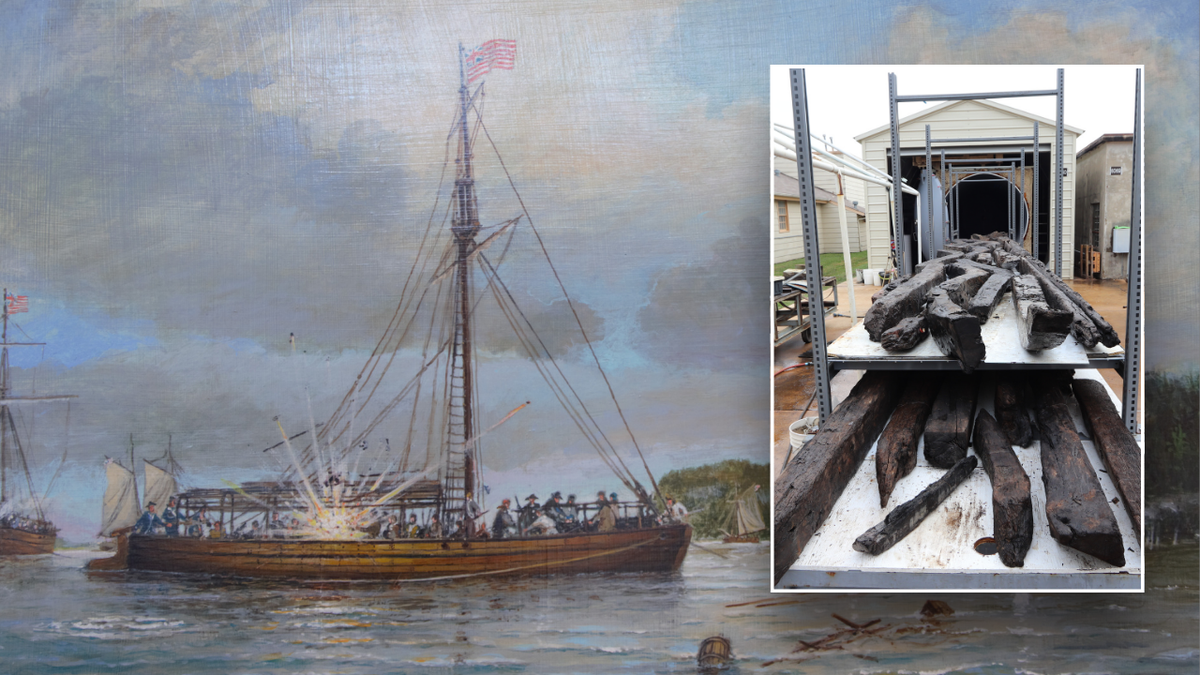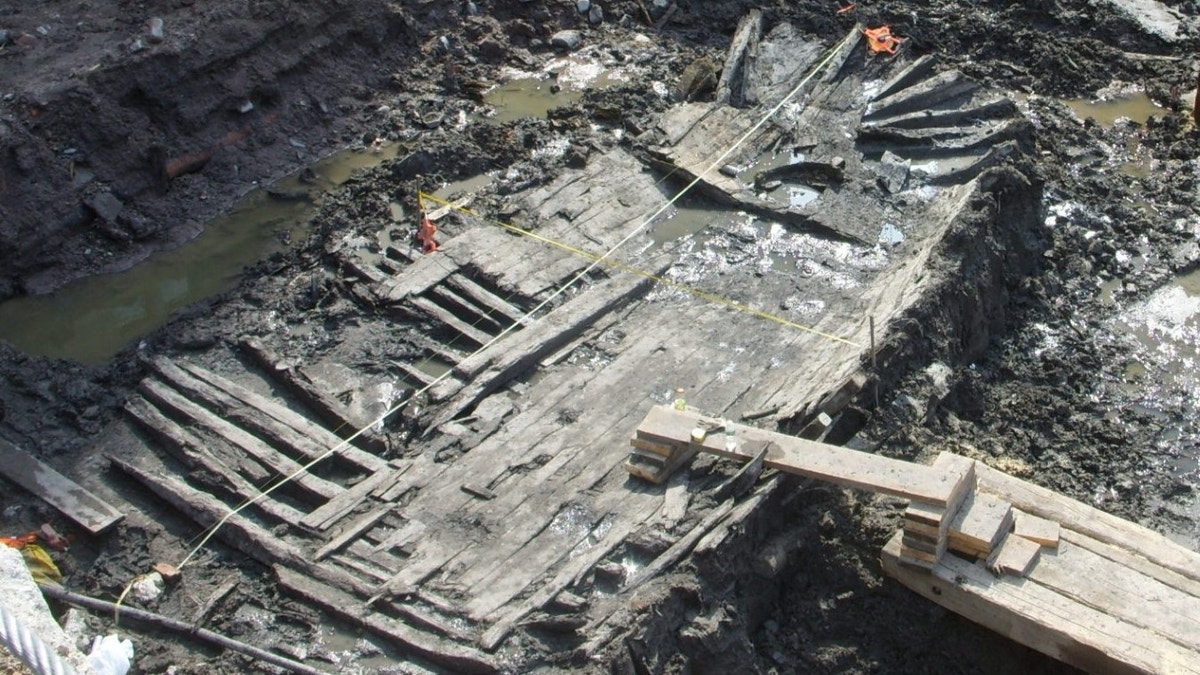24 May 2025: OK - first an apology for the extra week between posts - we were traveling overseas and then took ill when we got home.... no excuse I know, but a valid (in my opinion) reason. So there.... but here we are again with some new stuff of interest and seems, given that it's Memorial Day Weekend here in the U.S., timely. Also, timely as we approach the 250th anniversary of American Independence. From Fox News (online)
~~~~~~~~~~
A lost Revolutionary War-era ship that was unearthed at the site of the World Trade Center will finally be exhibited in a museum over a decade after it was found.
The New York State Museum announced in a mid-May press release that the ship will be housed in its Albany headquarters. The 18th-century vessel was found during an excavation of Ground Zero in July 2010.
But details about the boat have perplexed historians until now – just in time for America's 250th anniversary.
With help from Texas A&M University historical preservationists, experts have been working for 14 years to gather facts about the ship while preserving it carefully.
The ship, which measures 50 feet long and 18 feet wide, has been identified as a "rare" American-built gunboat.

The vessel was likely built in the Philadelphia area in the 1770s.
It was used during the Revolutionary War but was decommissioned after roughly two decades.
"[B]y the 1790s, the ship was out of commission and repurposed as landfill to expand New York City, ultimately ending up beneath what would become the World Trade Center," the New York State Museum said.
"Today, it stands as one of the few American-built Revolutionary War ships to be identified, studied and preserved in New York State."
In total, 600 pieces of wood and roughly 2,000 artifacts were found at the site, including musketballs.

After years of carefully preserving each piece of wood and artifact, the preservation team began the process of reconstructing the vessel at the New York State Museum on May 14.
In a statement, New York State Historian Devin Lander said the exhibit is "history in its rawest, most thrilling form."

"We’re not just unveiling a ship – we’re resurrecting a lost relic of the American Revolution, right before your eyes," Lander said.
~~~~~~~~~~~~
Discoveries like this continue to amaze us - guess there's still much to be found - and it will likely be by accident!
So, to our American readers, enjoy your Memorial Day weekend - remember what it's about, please, and stay safe!
Until next time,
Fair Winds,
Old Salt

